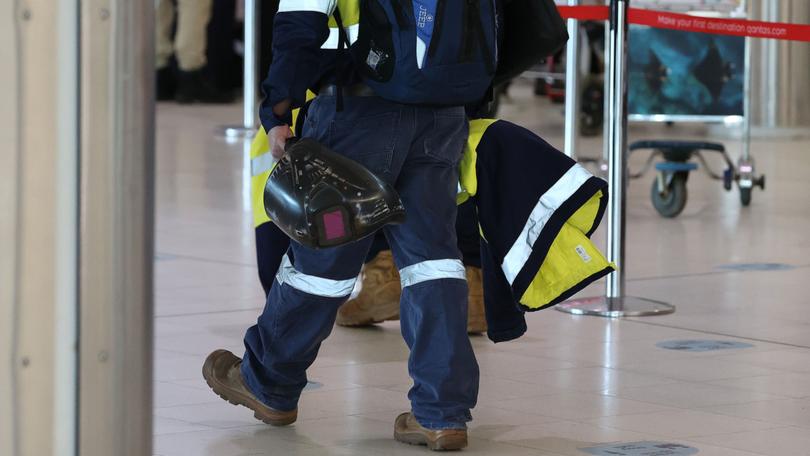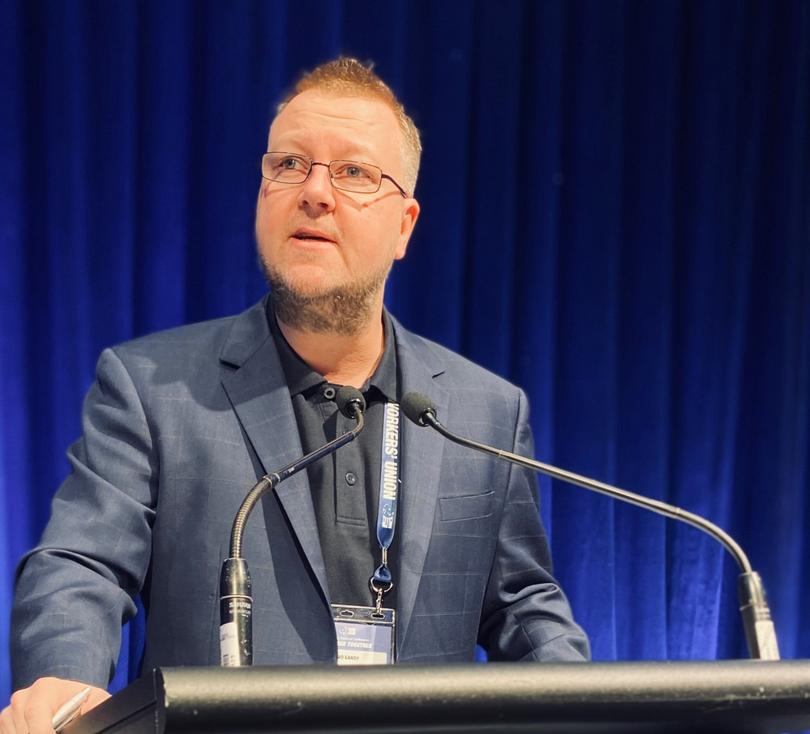Western Mine Workers Alliance claims roster win at BHP iron ore hub ahead of enterprise negotiations

BHP is poised to “surprisingly” bow to union pressure and make the rosters of more than 1100 fly-in fly-out workers more flexible as a bitter pay fight looms.
The Western Mine Workers Alliance — a partnership between the Mining and Energy Union and the Australian Workers Union — said BHP will trial new employee rosters at its Area C iron ore mining operation in WA’s Pilbara region.
It claimed the Big Australian will now offer those workers the option to spend the same amount of time at home as they do working on site.
Sign up to The Nightly's newsletters.
Get the first look at the digital newspaper, curated daily stories and breaking headlines delivered to your inbox.
By continuing you agree to our Terms and Privacy Policy.“Surprisingly on Thursday, Area C’s general manager announced to all employees that BHP is going to trial even time rosters,” WMWA said in a statement to members.
“Rosters have been an issue for many members at Area C for some time, and WMWA welcomes BHP’s decision to try and address one of our members’ bargaining claims before formal negotiations even start.
“Although not all members may want an even time roster, it is important to remember that BHP are required to go through a consultation process, to consider everyone’s choice. WMWA will ensure this is the case.”
But a BHP spokesman said the roster trial has not been ticked off yet.
“We have communicated with our employees that we will be conducting a detailed study and consultation process over the next three months before we consider any roster changes at Mining Area C,” he said.
The Nightly understands BHP stopped even time rosters during the COVID pandemic due to travel restrictions and quarantine requirements.
The roster trial would mean that FIFO workers on a two weeks on, one week off roster could switch to a two weeks on, two weeks off arrangement.
But net pay will not change, so if an employee works 12 per cent less over the course of a year their annual wages will be reduced by the same amount.
It is believed the trial at Area C, which is located 120 kilometres north-west of Newman and directly employs just over 1100 people, will last for at least 12 months and likely start in the new year.
AWU WA state secretary Brad Gandy told this masthead that if mining companies are serious about attracting a skilled and diverse workforce they have to offer a diverse range of rosters and conditions.
“Roster changes are always challenging for our members and the entire workforce but in today’s society, with the advanced technology available to mining companies there is no reason they can’t offer a number of roster options for employees,” he said.
The mining goliath’s Area C roster concession comes before an imminent battle with the union over pay packet sizes and other working conditions.

WMWA told its members last week that “after months of consultation” it would kick off talks at Area C for an enterprise bargaining agreement.
The WMWA is keeping tight-lipped on its specific EBA wish list.
“We will discuss the Australian Workers’ Union request on a collective bargaining process at Mining Area C with them in due course,” the BHP spokesman said.
BHP is also facing discontent from some of its white collar workforce across Australia over a decision earlier this week to trim short-term incentives for the current financial year.
The company will pay out a maximum of 80 per cent of the short-term incentives on offer, which it pinned on a worksite fatality in Queensland and misses on gender equity and mining production targets.
In February Tim Day formally started his tenure as the boss of the Big Australian’s WA iron ore division, which Area C sits within.
BHP cut the ribbon on Area C 20 years ago and comprises of eight open cut mines.
